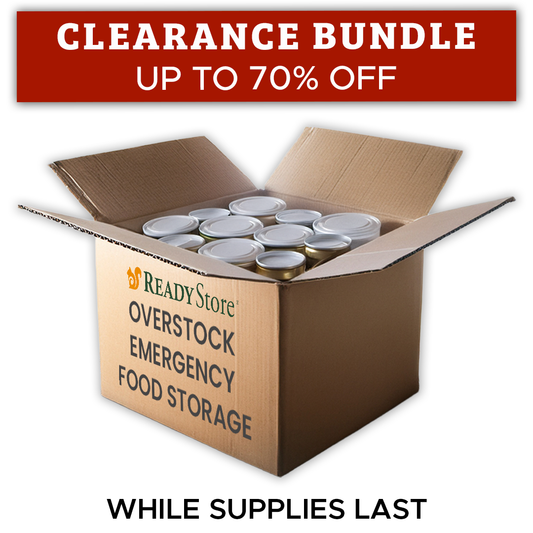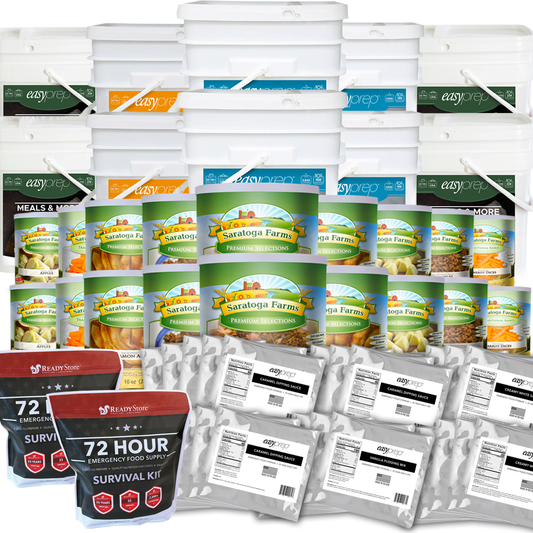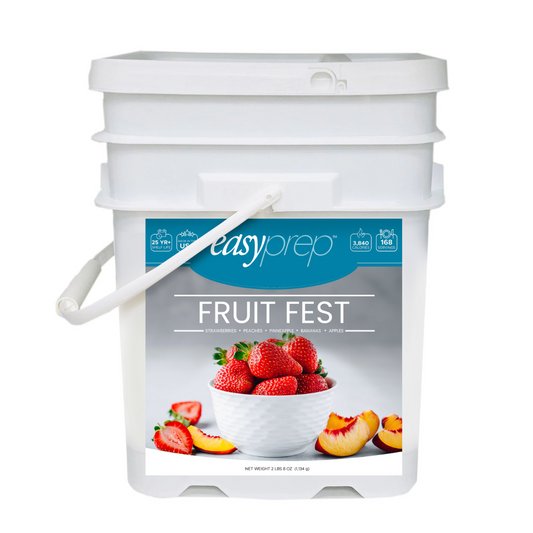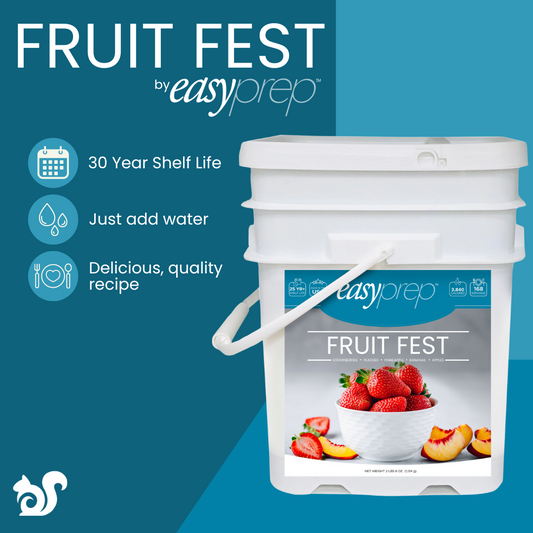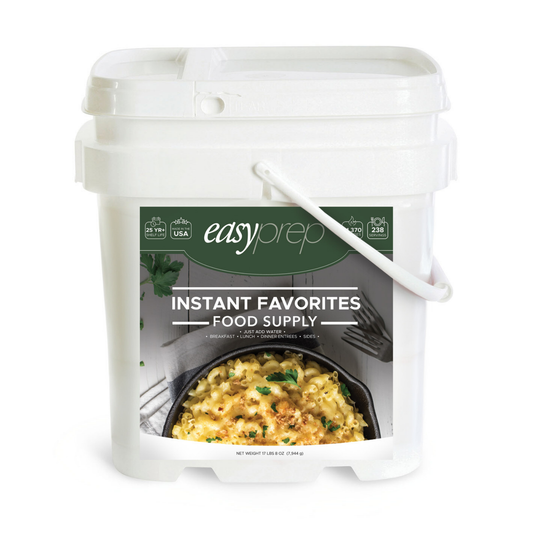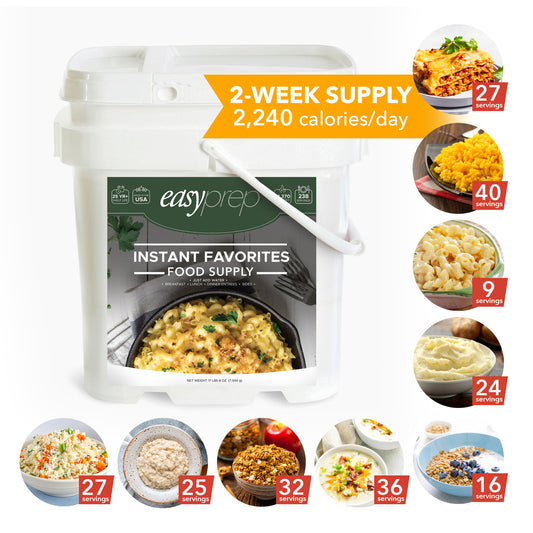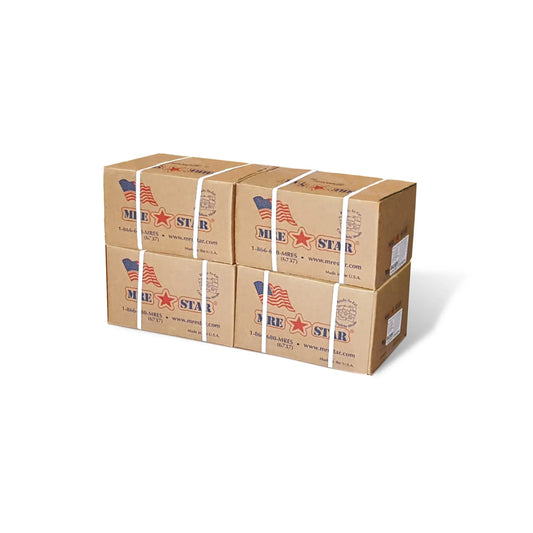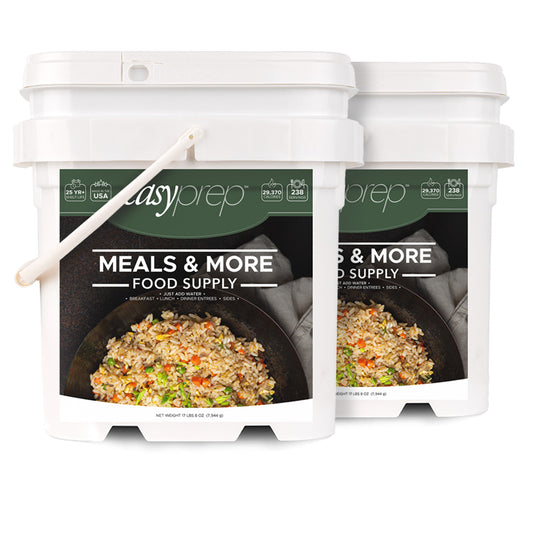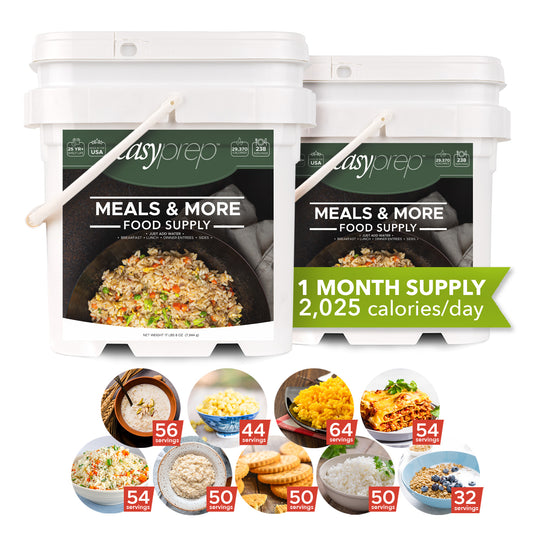Homesteading With Horses
26 Jun 2014
Whether you are a homesteader or looking to be better prepared for any natural disaster, economic downturn or personal loss, keeping horses is an excellent strategy. Horses are one of the most useful domesticated animals known to man.
In the event of an oil crisis or breakdown, the homesteader with horses will be much better prepared to keep their daily routine as normal as possible than the one who only relies on diesel-powered farm equipment and transportation.
Horses were the main source of motive energy before the industrial revolution. If you own one or more horses – as well as a wagon or buggy, horse-drawn plow and other farm equipment – you will be better prepared for whatever may happen.
 You may also be in a unique position to barter your services for vital supplies and resources with neighbors who don’t have horses. So, how exactly does a homesteader go about keeping horses?
Acquiring a horse can be expensive. Because of this, there are a number of mistakes to avoid when you are buying a horse.
Be sure the horse you are buying has already been trained – you don’t want to have to break it in and train it after purchase. Older horses can often be an excellent purchase; they will be calmer and more experienced, and can be ridden and worked well into their later years.
Ask the seller for a trial period to make sure the horse is the right fit for you. And be wary of buying horses at auction unless you are already experienced with what to look for.
Your horse will need a fairly large corral of pasture so they can get enough exercise. They’ll also require some kind of shelter to keep them out of the hot sun and protect them from the elements.
This can be a stand of trees, a fully equipped stable with stalls, or a three-sided, roofed structure. The shelter has to be kept clean and well ventilated, but not drafty. The minimum space in the shelter per horse is 10’x10’, at least eight feet tall, and a door at least as tall and four feet wide.
The typical horse that weighs about 1,000 pounds will eat about 22 pounds of feed daily. This combines pasture, grain, and hay. Your horse should always have access to salt.
In addition, you will have to provide additional hay to your horse when the pasture is not available for foraging, as when it’s covered in snow. Smaller hay bales are anywhere from 50 to 80 pounds. Grass hay will keep your horse occupied longer and prevent boredom; alfalfa and clover have the highest protein content.
Hay has to be free of mold and dust, and it should be stored under a tarp or inside a barn to keep it from losing quality. Make sure your hay is weed free, as horses can pass weed seeds that will invade your pasture.
Whenever you increase the amount of activity your horse is doing, you should add a mixture of grain to the horse’s diet.
Very young and older horses may also need grain. If the horse is not working, it won’t need grain. If it’s doing light work, it needs 1-1.5 lbs of grain per hour of work; for medium work, this goes up to 1.5-2 lbs per hour of work; heavy work, 1.5-2.5 lbs per hour of work.
Make sure the horse has access to plenty of clean, fresh water at all times.
A horse can drink ten to fifteen gallons of water every day. In the winter months, you will need to heat or circulate the water to keep it from freezing over and becoming inaccessible to the horses.
It’s very important that you get to know your local livestock veterinarian before an emergency situation develops. Consult with your veterinarian about the preventative health care needs of your horse.
Have the vet check your horse’s teeth at least once a year. In the spring, the vet should be called to give your horse vaccination, following his or her recommendations.
The horse will need to be de-wormed a few times of year. And foot care is critical. Clean the horse’s hooves before and after you ride. Examine and trim them on a regular basis. Talk to a qualified horseshoer for advice.
The better care you give your horse, the better equipped it will be when you need to use it exclusively in a post-collapse scenario. Your horse can be an excellent asset for long-term homesteading and survival. For additional information, check out these books on raising horses.
You may also be in a unique position to barter your services for vital supplies and resources with neighbors who don’t have horses. So, how exactly does a homesteader go about keeping horses?
Acquiring a horse can be expensive. Because of this, there are a number of mistakes to avoid when you are buying a horse.
Be sure the horse you are buying has already been trained – you don’t want to have to break it in and train it after purchase. Older horses can often be an excellent purchase; they will be calmer and more experienced, and can be ridden and worked well into their later years.
Ask the seller for a trial period to make sure the horse is the right fit for you. And be wary of buying horses at auction unless you are already experienced with what to look for.
Your horse will need a fairly large corral of pasture so they can get enough exercise. They’ll also require some kind of shelter to keep them out of the hot sun and protect them from the elements.
This can be a stand of trees, a fully equipped stable with stalls, or a three-sided, roofed structure. The shelter has to be kept clean and well ventilated, but not drafty. The minimum space in the shelter per horse is 10’x10’, at least eight feet tall, and a door at least as tall and four feet wide.
The typical horse that weighs about 1,000 pounds will eat about 22 pounds of feed daily. This combines pasture, grain, and hay. Your horse should always have access to salt.
In addition, you will have to provide additional hay to your horse when the pasture is not available for foraging, as when it’s covered in snow. Smaller hay bales are anywhere from 50 to 80 pounds. Grass hay will keep your horse occupied longer and prevent boredom; alfalfa and clover have the highest protein content.
Hay has to be free of mold and dust, and it should be stored under a tarp or inside a barn to keep it from losing quality. Make sure your hay is weed free, as horses can pass weed seeds that will invade your pasture.
Whenever you increase the amount of activity your horse is doing, you should add a mixture of grain to the horse’s diet.
Very young and older horses may also need grain. If the horse is not working, it won’t need grain. If it’s doing light work, it needs 1-1.5 lbs of grain per hour of work; for medium work, this goes up to 1.5-2 lbs per hour of work; heavy work, 1.5-2.5 lbs per hour of work.
Make sure the horse has access to plenty of clean, fresh water at all times.
A horse can drink ten to fifteen gallons of water every day. In the winter months, you will need to heat or circulate the water to keep it from freezing over and becoming inaccessible to the horses.
It’s very important that you get to know your local livestock veterinarian before an emergency situation develops. Consult with your veterinarian about the preventative health care needs of your horse.
Have the vet check your horse’s teeth at least once a year. In the spring, the vet should be called to give your horse vaccination, following his or her recommendations.
The horse will need to be de-wormed a few times of year. And foot care is critical. Clean the horse’s hooves before and after you ride. Examine and trim them on a regular basis. Talk to a qualified horseshoer for advice.
The better care you give your horse, the better equipped it will be when you need to use it exclusively in a post-collapse scenario. Your horse can be an excellent asset for long-term homesteading and survival. For additional information, check out these books on raising horses.
 You may also be in a unique position to barter your services for vital supplies and resources with neighbors who don’t have horses. So, how exactly does a homesteader go about keeping horses?
Acquiring a horse can be expensive. Because of this, there are a number of mistakes to avoid when you are buying a horse.
Be sure the horse you are buying has already been trained – you don’t want to have to break it in and train it after purchase. Older horses can often be an excellent purchase; they will be calmer and more experienced, and can be ridden and worked well into their later years.
Ask the seller for a trial period to make sure the horse is the right fit for you. And be wary of buying horses at auction unless you are already experienced with what to look for.
Your horse will need a fairly large corral of pasture so they can get enough exercise. They’ll also require some kind of shelter to keep them out of the hot sun and protect them from the elements.
This can be a stand of trees, a fully equipped stable with stalls, or a three-sided, roofed structure. The shelter has to be kept clean and well ventilated, but not drafty. The minimum space in the shelter per horse is 10’x10’, at least eight feet tall, and a door at least as tall and four feet wide.
The typical horse that weighs about 1,000 pounds will eat about 22 pounds of feed daily. This combines pasture, grain, and hay. Your horse should always have access to salt.
In addition, you will have to provide additional hay to your horse when the pasture is not available for foraging, as when it’s covered in snow. Smaller hay bales are anywhere from 50 to 80 pounds. Grass hay will keep your horse occupied longer and prevent boredom; alfalfa and clover have the highest protein content.
Hay has to be free of mold and dust, and it should be stored under a tarp or inside a barn to keep it from losing quality. Make sure your hay is weed free, as horses can pass weed seeds that will invade your pasture.
Whenever you increase the amount of activity your horse is doing, you should add a mixture of grain to the horse’s diet.
Very young and older horses may also need grain. If the horse is not working, it won’t need grain. If it’s doing light work, it needs 1-1.5 lbs of grain per hour of work; for medium work, this goes up to 1.5-2 lbs per hour of work; heavy work, 1.5-2.5 lbs per hour of work.
Make sure the horse has access to plenty of clean, fresh water at all times.
A horse can drink ten to fifteen gallons of water every day. In the winter months, you will need to heat or circulate the water to keep it from freezing over and becoming inaccessible to the horses.
It’s very important that you get to know your local livestock veterinarian before an emergency situation develops. Consult with your veterinarian about the preventative health care needs of your horse.
Have the vet check your horse’s teeth at least once a year. In the spring, the vet should be called to give your horse vaccination, following his or her recommendations.
The horse will need to be de-wormed a few times of year. And foot care is critical. Clean the horse’s hooves before and after you ride. Examine and trim them on a regular basis. Talk to a qualified horseshoer for advice.
The better care you give your horse, the better equipped it will be when you need to use it exclusively in a post-collapse scenario. Your horse can be an excellent asset for long-term homesteading and survival. For additional information, check out these books on raising horses.
You may also be in a unique position to barter your services for vital supplies and resources with neighbors who don’t have horses. So, how exactly does a homesteader go about keeping horses?
Acquiring a horse can be expensive. Because of this, there are a number of mistakes to avoid when you are buying a horse.
Be sure the horse you are buying has already been trained – you don’t want to have to break it in and train it after purchase. Older horses can often be an excellent purchase; they will be calmer and more experienced, and can be ridden and worked well into their later years.
Ask the seller for a trial period to make sure the horse is the right fit for you. And be wary of buying horses at auction unless you are already experienced with what to look for.
Your horse will need a fairly large corral of pasture so they can get enough exercise. They’ll also require some kind of shelter to keep them out of the hot sun and protect them from the elements.
This can be a stand of trees, a fully equipped stable with stalls, or a three-sided, roofed structure. The shelter has to be kept clean and well ventilated, but not drafty. The minimum space in the shelter per horse is 10’x10’, at least eight feet tall, and a door at least as tall and four feet wide.
The typical horse that weighs about 1,000 pounds will eat about 22 pounds of feed daily. This combines pasture, grain, and hay. Your horse should always have access to salt.
In addition, you will have to provide additional hay to your horse when the pasture is not available for foraging, as when it’s covered in snow. Smaller hay bales are anywhere from 50 to 80 pounds. Grass hay will keep your horse occupied longer and prevent boredom; alfalfa and clover have the highest protein content.
Hay has to be free of mold and dust, and it should be stored under a tarp or inside a barn to keep it from losing quality. Make sure your hay is weed free, as horses can pass weed seeds that will invade your pasture.
Whenever you increase the amount of activity your horse is doing, you should add a mixture of grain to the horse’s diet.
Very young and older horses may also need grain. If the horse is not working, it won’t need grain. If it’s doing light work, it needs 1-1.5 lbs of grain per hour of work; for medium work, this goes up to 1.5-2 lbs per hour of work; heavy work, 1.5-2.5 lbs per hour of work.
Make sure the horse has access to plenty of clean, fresh water at all times.
A horse can drink ten to fifteen gallons of water every day. In the winter months, you will need to heat or circulate the water to keep it from freezing over and becoming inaccessible to the horses.
It’s very important that you get to know your local livestock veterinarian before an emergency situation develops. Consult with your veterinarian about the preventative health care needs of your horse.
Have the vet check your horse’s teeth at least once a year. In the spring, the vet should be called to give your horse vaccination, following his or her recommendations.
The horse will need to be de-wormed a few times of year. And foot care is critical. Clean the horse’s hooves before and after you ride. Examine and trim them on a regular basis. Talk to a qualified horseshoer for advice.
The better care you give your horse, the better equipped it will be when you need to use it exclusively in a post-collapse scenario. Your horse can be an excellent asset for long-term homesteading and survival. For additional information, check out these books on raising horses.

